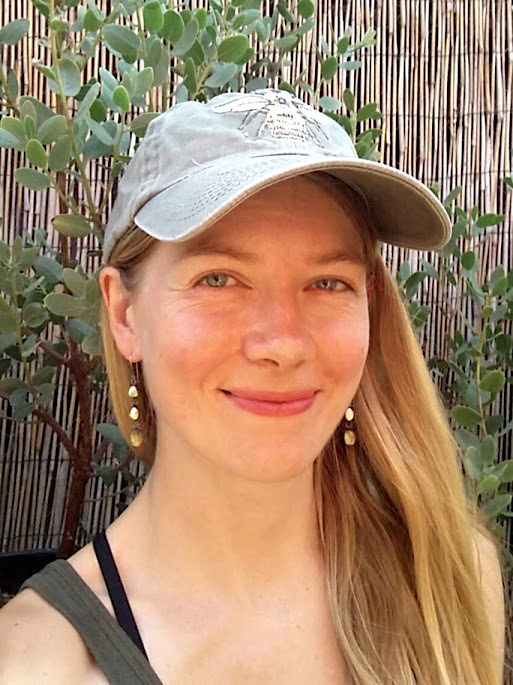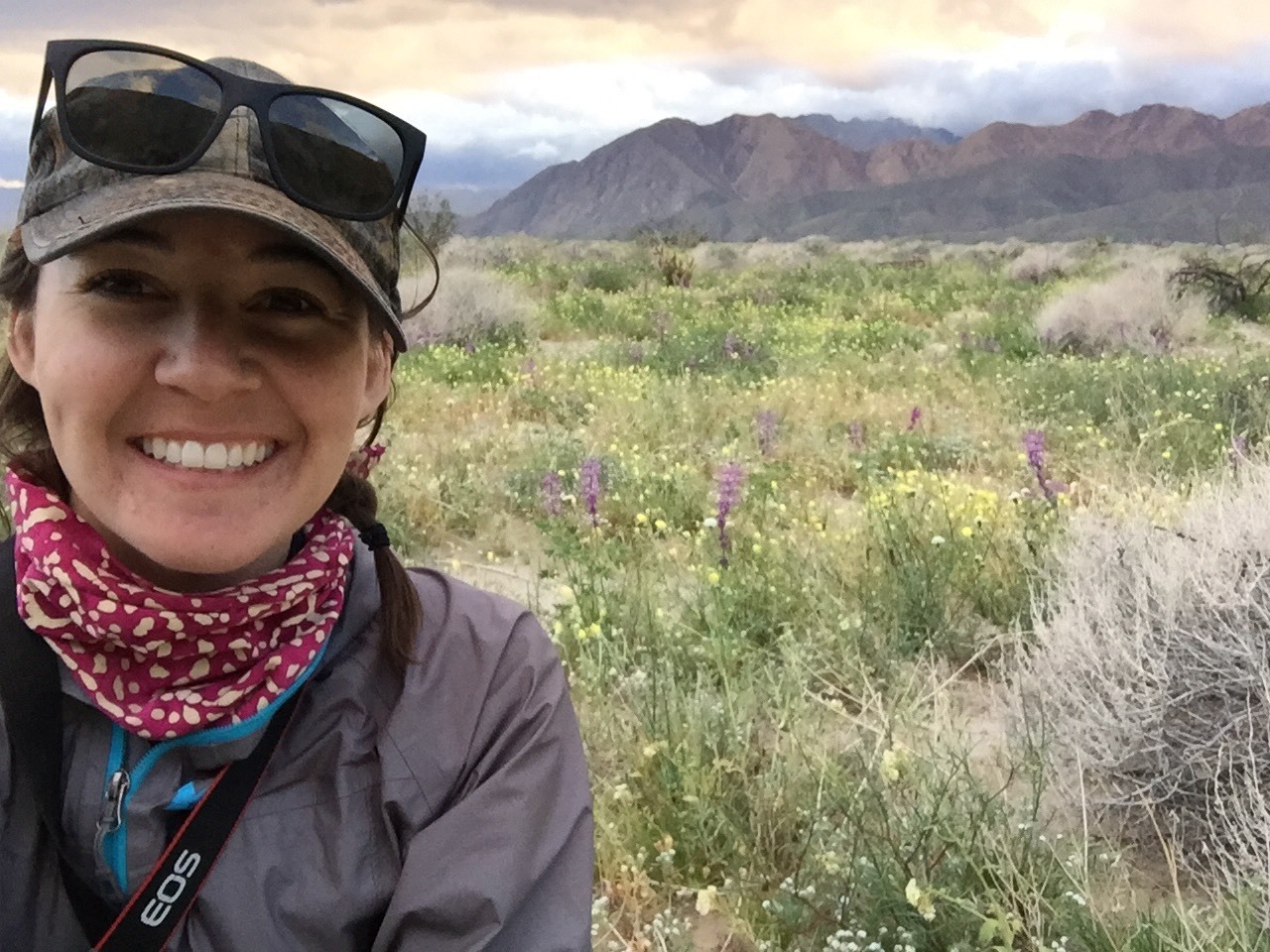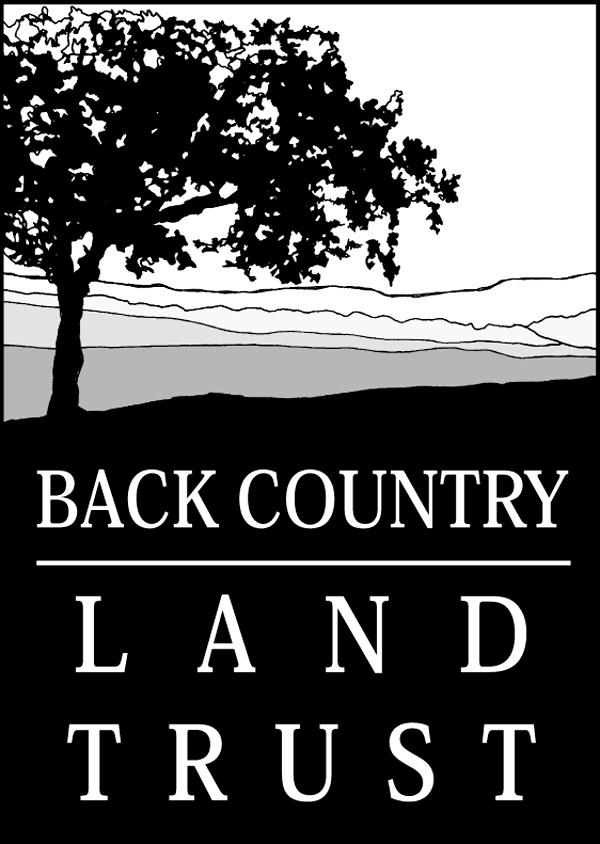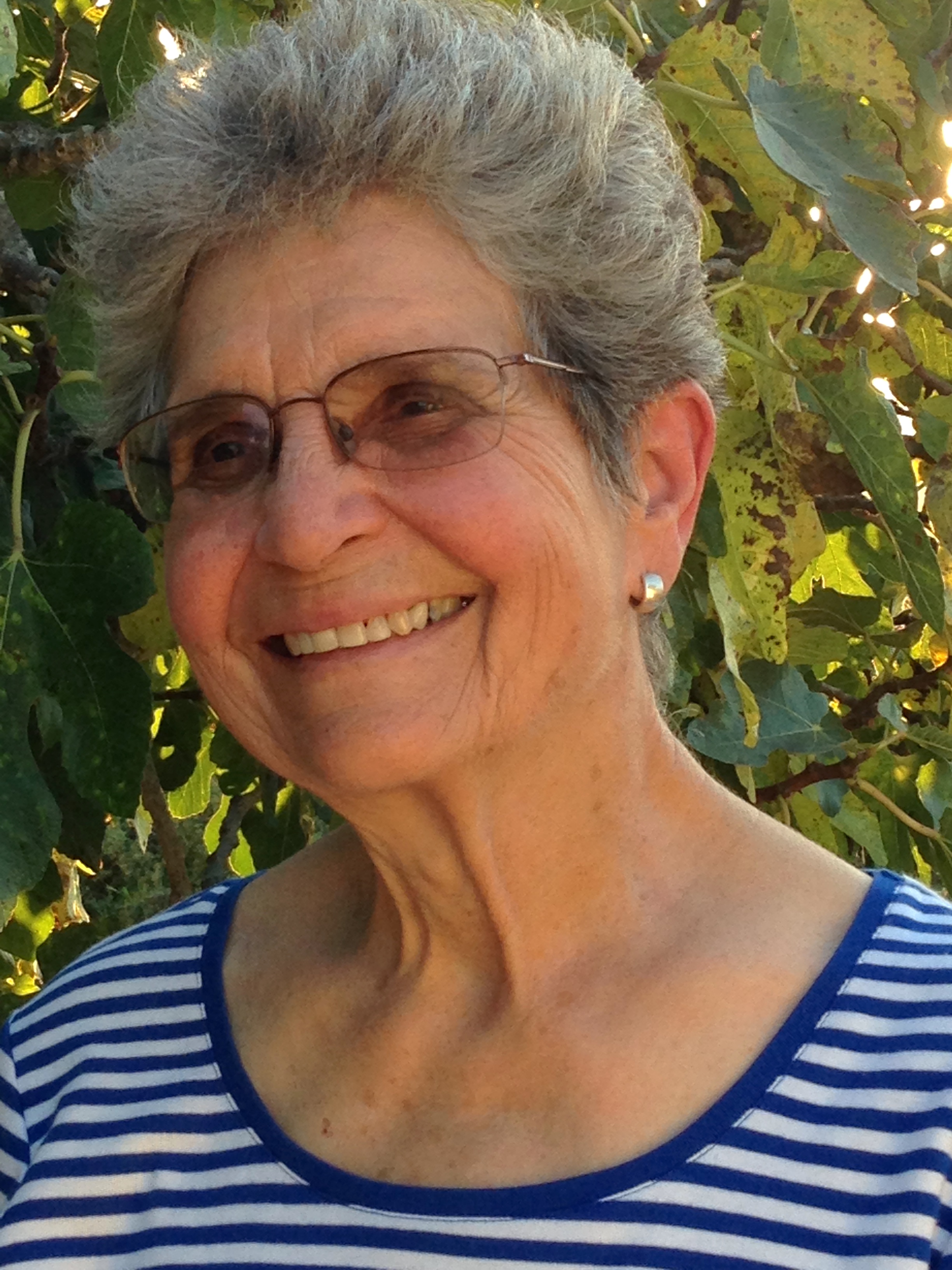CHAPTER MEETING: Wildflower Show & Presentation: "Establishing Local Perennials in your Native Garden" By Lee Gordon
In-person
Casa del Prado Rm 101, Balboa Park
Wildflower Show & Mtg Set-up: 5:30-6:00 pm
Viewing & Judging: 6:00 – 7:15 pm
Meeting, Show Results & Presentation: 7:15 pm
Wildflower Show
Let’s celebrate the resumption of CNPS-SD
in-person meetings by sharing a few flowers from our favorite native plants in our gardens, so that others can admire them as well. Just for fun, we will have judging and a few prizes. The main objective is to show and share the diversity of spring blooms of our favorite native plant species.
Setup will be from 5:30-6:00 pm, with judging for the People’s Choice award beginning at 6:00 pm. Main judging will begin at 7:00 pm, and results will be announced at the meeting and program at 7:15 pm.
Rules: The entries must be a flower from a plant native to California or Northern Baja. Flowers can be garden collected, or private property collected with permission only. Provide one or two stems of each of a few of your favorite flowers. If you have a potted plant that is blooming, it is fine to bring the whole thing for the show.
Some clear glass containers will be provided for cut specimens. You may also use your own container (put your name on the bottom with tape); recycled glass jars are fine.
Check the CNPS-SD plant profile page, https://www.cnpssd.org/plantprofilesor go to https://www.calscape.org to see if your specimen has an information sheet that you can print for display alongside your specimen (if not, a 3 × 5 card with scientific and common name will do). Also include where the plant was grown and your name. Categories are:
Best Cut Flower, Annual Best Cut Flower, Perennial
Best Flower on Potted Plant
People’s Choice
Best in Show
Tips: Cut the stem and immediately put it into some water. Do not leave cuttings in full sun or a hot car.
Presentation
Establishing Local Perennials in your Native Garden
By Lee Gordon Native Garden Committee
Our local native perennials are among the showiest flowers for our gardens. Lee Gordon, amateur gardener and member of the Native Garden Committee, will present a mix of our local perennials from his garden as well as gardens of friends, and review a little about how these perennials were established and cared for.
Lee will finish by going into more depth about one of his favorites, Silene laciniata.
Chapter meetings are free and open to the public.




























































